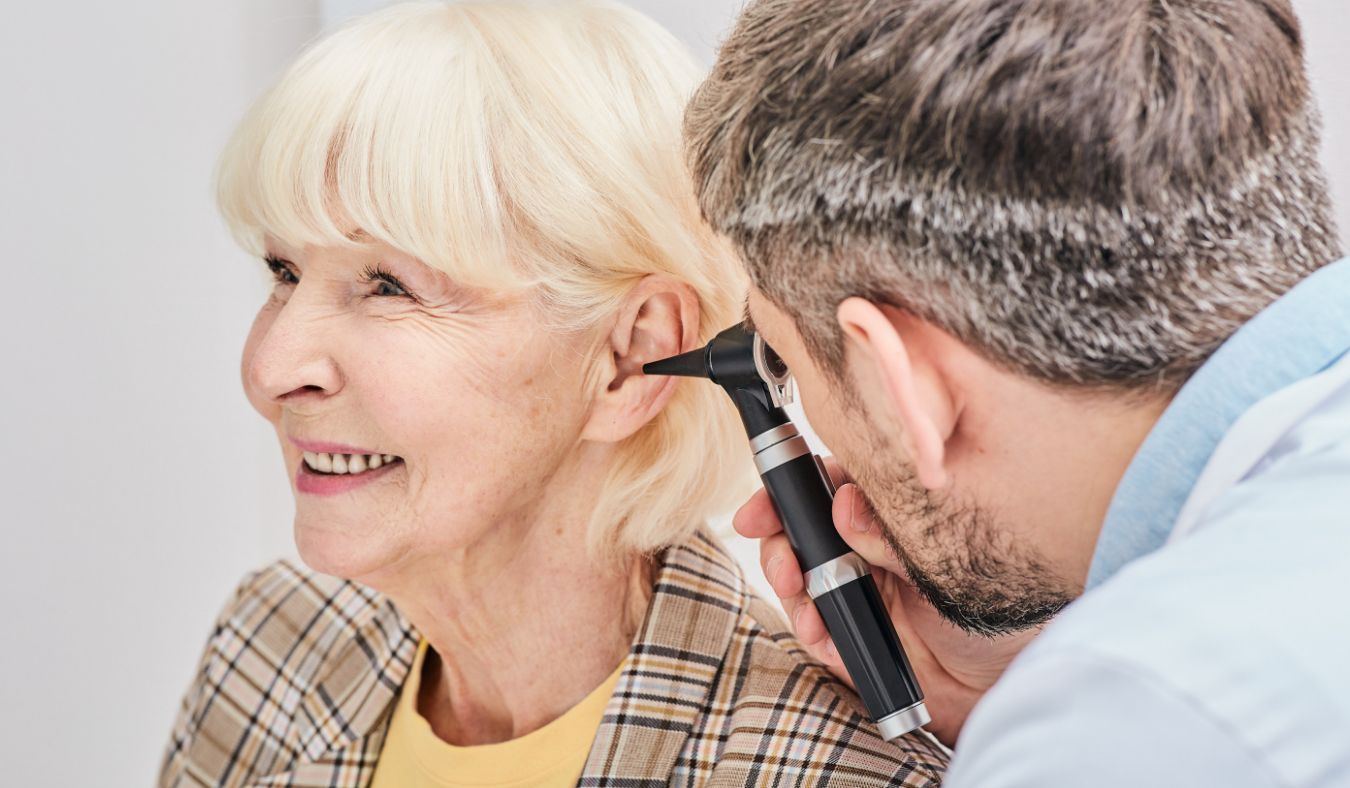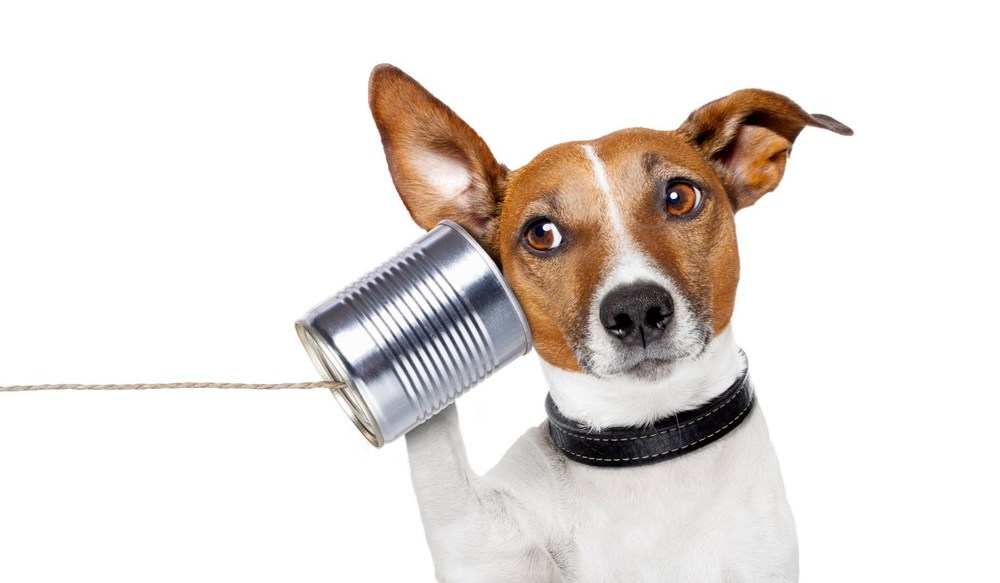How Smart Home Devices Are Revolutionizing Hearing Care
Smart home technology has opened up new ways for people with hearing loss

By: admin | August 24, 2024
Have you ever wondered why some people with hearing aids seem to struggle while others find them immensely helpful? The key to getting the most out of your hearing aids lies in the proper adjustment. Let’s explore why it’s crucial to ensure your hearing aids are adjusted correctly for your individual needs.
When your hearing aids are properly adjusted, you can experience a range of benefits that greatly improve your overall quality of life. From better communication with loved ones to increased confidence in social situations, the benefits of properly adjusted hearing aids are truly life-changing.
On the flip side, if your hearing aids are not adjusted correctly, you may not only miss out on these benefits but also experience discomfort, frustration, and even potential damage to your hearing. It’s essential to address any issues with your hearing aids promptly to avoid negative consequences.
Before we dive into the importance of proper hearing aid adjustment, let’s take a moment to understand how hearing aids work. Hearing aids are small electronic devices that amplify sound to make it easier for individuals with hearing loss to hear. These devices consist of four main components:
Understanding how hearing aids function can give you a better appreciation for the importance of proper adjustment.
The microphone is the part of the hearing aid that picks up sounds from the environment. It’s crucial for the microphone to be properly positioned and free from obstructions to ensure that it effectively captures sound.
The amplifier in the hearing aid receives the signal from the microphone and increases the volume of the sound. The amplifier must be adjusted according to your hearing loss level to ensure that it provides the right amount of amplification without distortion.
The receiver in the hearing aid converts the amplified sound into vibrations that are then transmitted to your inner ear. Proper adjustment of the receiver ensures that the sound is clear and easy to understand, enhancing your overall hearing experience.
The battery powers the entire hearing aid, allowing it to function correctly. It’s essential to use the right type of battery and replace it as needed to ensure that your hearing aid continues to work optimally.
When your hearing aids are not properly adjusted, you may experience a range of issues that can impact your daily life and overall well-being. Here are some common problems that arise from improperly adjusted hearing aids:
If your hearing aids are not adjusted correctly, you may struggle to hear conversations and other important sounds in your environment. This can lead to feelings of isolation, frustration, and even safety concerns if you cannot hear essential warnings or alerts.
Improperly adjusted hearing aids may produce distorted sound, making it challenging to understand speech and other sounds clearly. This can lead to misunderstandings, miscommunications, and overall frustration in social settings.
When hearing aids are not adjusted properly, you may experience feedback or whistling noises, known as acoustic feedback. This can be not only annoying but also embarrassing in public situations. Proper adjustment can help eliminate these issues.
Ill-fitting or improperly adjusted hearing aids can cause discomfort, irritation, or even pain in your ears. It’s important to address any discomfort you experience while wearing your hearing aids to prevent potential damage to your ears.
Improperly adjusted settings can drain the battery of your hearing aids more quickly, leading to frequent replacements and added expenses. By ensuring your hearing aids are adjusted correctly, you can maximize the battery life and get the most out of your devices.
Just as your hearing may change over time, the settings of your hearing aids may also need to be adjusted periodically to ensure optimal performance. Regular adjustment and maintenance of your hearing aids are essential to keep them functioning at their best and provide you with the most benefit.
Your hearing needs may evolve due to various factors such as aging, exposure to loud noises, or underlying health conditions. Regular adjustments by a qualified audiologist can help address these changing needs and ensure that your hearing aids continue to meet your requirements.
Hearing aid technology is constantly advancing, with new features and improvements being introduced regularly. Regular adjustment appointments allow you to take advantage of these updates and ensure that your devices are optimized for the best possible performance.
Regular adjustment and maintenance can help prevent potential issues with your hearing aids before they escalate into more significant problems. By staying on top of adjustments, you can avoid discomfort, frustration, and unnecessary repairs down the line.
So, how can you tell if your hearing aids need adjustment? Here are some signs that indicate it may be time to schedule an appointment with your audiologist for a tune-up:
If you find yourself struggling to hear conversations, TV, or other sounds despite wearing your hearing aids, it may be a sign that the settings need to be adjusted. Your audiologist can assess your hearing needs and make the necessary changes to improve your hearing experience.
Pain, discomfort, or irritation in your ears while wearing your hearing aids can be a sign that the fit or settings are not quite right. It’s crucial to address any physical issues promptly to prevent damage to your ears and ensure your continued comfort.
Acoustic feedback or whistling noises coming from your hearing aids are indications that the settings are off. These sounds not only disrupt your hearing experience but can also be distracting and embarrassing. An adjustment can help eliminate these unwanted noises.
If you notice that your hearing aid batteries are draining quickly or not lasting as long as usual, it may be due to improper settings. Your audiologist can adjust the settings to maximize battery life and prevent you from having to replace batteries frequently.
While it’s essential to have your hearing aids professionally adjusted by an audiologist, there are some steps you can take at home to optimize your hearing aid experience. Here are some tips for adjusting your hearing aids on your own:
Keeping your hearing aids clean and free from debris is essential for maintaining optimal performance. Regularly clean the microphone, receiver, and other components of your hearing aids using a soft, dry cloth or brush to ensure clear sound transmission.
Make sure to check the battery of your hearing aids regularly and replace it as needed. Properly functioning batteries are crucial for powering your devices and ensuring that they work correctly. Always have spare batteries on hand to avoid any interruptions in your hearing experience.
Most hearing aids come equipped with volume controls that allow you to adjust the sound level to your liking. Experiment with different volume settings to find the one that works best for you in various environments. Be mindful not to set the volume too high, as it can lead to discomfort and potential damage to your hearing.
Many hearing aids have multiple programs or settings designed for different listening environments, such as quiet settings, noisy environments, or music. Experiment with these programs to find the one that best suits your needs in different situations. Switching programs can help optimize your hearing aid experience.
Proper fit is essential for the overall performance and comfort of your hearing aids. Make sure that the earpieces are fitted securely in your ears and that there are no gaps or loose areas. If you experience discomfort or if the fit is not snug, contact your audiologist for an adjustment.
While there are steps you can take at home to optimize your hearing aid experience, nothing beats a professional adjustment by an audiologist. Here’s what you can expect during a hearing aid adjustment appointment:
Your audiologist will begin by assessing your hearing needs and discussing any challenges or concerns you may have with your hearing aids. They will evaluate your hearing loss level, lifestyle, and listening preferences to determine the best adjustments for your devices.
Real-ear measurement is a critical component of the hearing aid adjustment process that involves placing a tiny microphone inside your ear to measure the actual sound levels produced by your hearing aids. This method ensures that the settings are precisely tailored to your individual hearing needs.
Based on the assessment and real-ear measurements, your audiologist will fine-tune the settings of your hearing aids to optimize your hearing experience. They may adjust the volume, frequency response, noise reduction, and other features to ensure clarity, comfort, and effectiveness.
Once the adjustments are made, your audiologist will verify and validate the changes by conducting various tests to ensure that your hearing aids are functioning correctly and providing the desired outcomes. They will also provide guidance on how to use and care for your adjusted hearing aids.
After the initial adjustment appointment, your audiologist may recommend follow-up visits to monitor your progress and make any additional adjustments as needed. Regular maintenance and check-ups are essential for keeping your hearing aids in peak condition and ensuring that they continue to meet your hearing needs.
Proper adjustment of your hearing aids is crucial for maximizing their benefits and improving your overall quality of life. By ensuring that your hearing aids are adjusted correctly, you can experience clear, comfortable, and effective sound amplification that allows you to stay connected and engaged in your environment. Remember to schedule regular adjustment appointments with your audiologist to keep your hearing aids functioning at their best and address any changes in your hearing needs promptly. Don’t hesitate to reach out to AudiologyHQ for professional guidance and support in optimizing your hearing aid adjustment for a personalized and fulfilling hearing experience.
Tags: Hearing Aid Adjustment Tips, Hearing Aid Comfort and Fit, Optimizing Hearing Aid Performance, Professional Hearing Aid Tuning, Troubleshooting Hearing Aid Issues

Smart home technology has opened up new ways for people with hearing loss
By: admin | December 21, 2025

If you wear hearing aids, you probably feel pretty comfortable using them
By: admin | August 21, 2025

Healthcare has changed dramatically in recent years, with telehealth
By: admin | April 24, 2025
